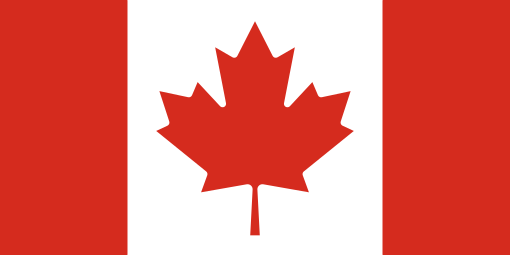
Many in the U.S. take advantage of low prices offered by Canadian ‘pharmacies’ by purchasing doctor-prescribed patented pharmaceuticals. The Canadian pharmacies are not pharmacies in the traditional sense. That is, they do not maintain stocks of drugs nor fill prescriptions from their own inventories. Instead, the Canadian pharmacies are “ordering services” that ship pharmaceuticals to U.S. consumers from providers all over the world. Although the imported drugs are contraband in the U.S., the Federal government historically has exercised discretion not to stop pharmaceutical shipments for personal use, generally defined as a 90-day supply of the drug.
But why are Canadian (and British, and Mexican, and Swedish) drugs cheaper?
Because drug prices, including prices for patented drugs, are government-controlled in all of the developed world except for the U.S. The chart below, based on 2015 data, tells the story. That’s the U.S. on the far left. The next most expensive countries in which to buy drugs are Mexico and Canada.

Here’s how Canada currently regulates prices: the Canadian government sets the price for a drug based on the median of the lowest wholesale prices charged by the patent holder in a basket of seven countries; namely, France, Germany, Italy, Sweden, Switzerland, UK, and the U.S. For a patented drug, the price in Canada generally comes out to be about 1/3 of what it is in the U.S.
Although prices in Canada are less than the U.S., those Canadian prices are going up rapidly. One issue with pricing based on that of other countries is that as global prices rise, so do the prices in Canada. Canada has decided that it is paying too much for drugs and has proposed to amend its pricing regulations. Canada proposes to move to a risk-based strategy in which it considers the actual benefit of the drug in setting the price and has proposed to change the basket of countries used for price comparisons. Canada proposes to jettison the U.S. and Switzerland from the basket because those countries have higher drug prices than Canada, and to add Australia, Belgium, Japan, the Netherlands, Norway, South Korea, and Spain as comparable economies to Canada.
There are sensible templates out there to manage drug prices. This is one of them.
— Robert Yarbrough, Esq.

